-

Одноразовая медицинская хирургическая маска
Медико-хирургические маски используются как одноразовые маски, которые носили медицинского персонала во время инвазивных операций. Они охватывают рот и нос пользователя, обеспечивать физический барьер для предотвращения патогенных микроорганизмов, жидкостей организма, капель аэрозолей и частицы. Медико-хирургические маски предлагают 3 слоя защиты и комфорта. Наши маски предлагают нулевой запах, высокую производительность фильтрации и низкое сопротивление дыханию.
Подробнее -
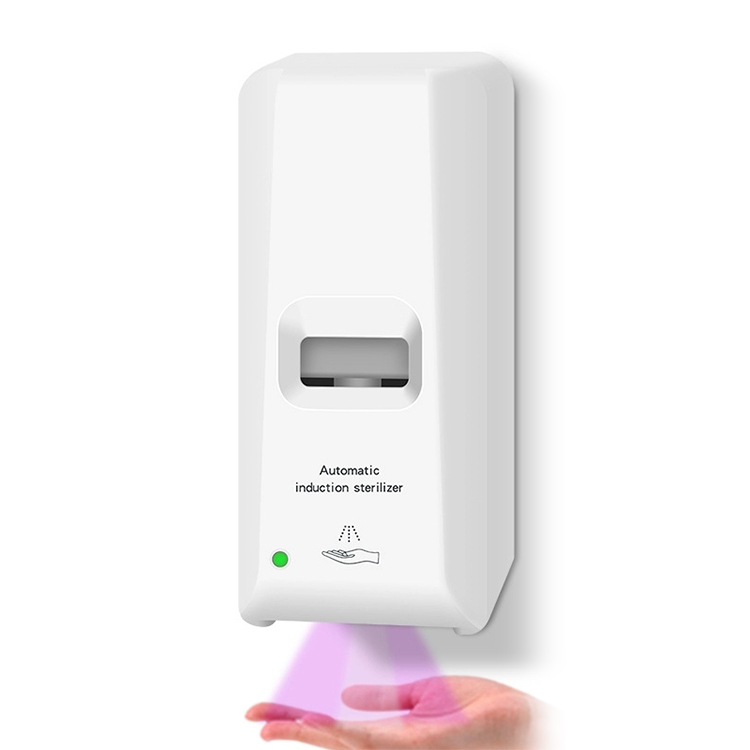
Автоматические Индукционная-стерилизатор
HDD1 настенное крепление автоматическая рука дезинфицирующее мыла в белый идеально подходит для использования в предприятиях общественного питания учреждений, офисов, школ, складов, производства, клиники, больницы и многое другое. Автоматическая громкая связь для улучшения гигиены и защит от перекрестного загрязнения. Совместимость с пеной, жидкие и опрыскивают применение в большом 1000ml резервуар.
Подробнее -
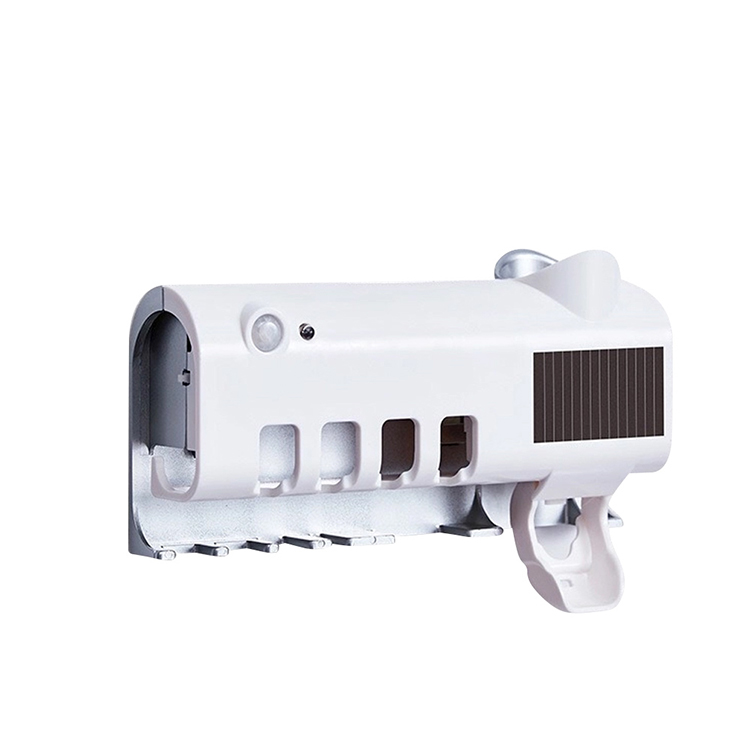
Стерилизация Подставка для зубных щеток
Держатель зубной щетки многофункциональный имеет важное значение в любом домашнем хозяйстве, она может помочь улучшить здоровье зубов и обеспечивает комплексную защиту для всей семьи. Он эффективно убивает все микробы, замедляет их рост и разрушение их ДНК в процессе. Автоматически стерилизовать ваши стоматологические инструменты гигиены после каждой чистки зубов.
Подробнее -
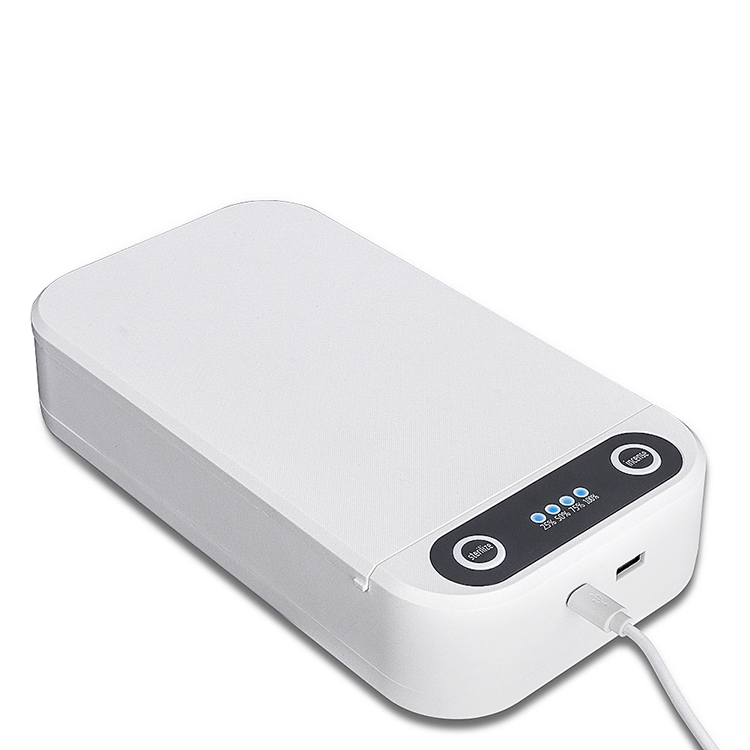
Дезинфекция Box
Дезинфекция коробка UVC использует последние шарики светильника UV LED, освещение UVC длины волны шире и эффективнее, 360 градусов обеззараживания циркуляции, и не озон, безвредны. Обратите внимание, что не все виды УФ эффективны. С нашей лампы длиной волны 200-280nm, оно до 99,9% эффективной скорости очистки. UVC дезинфекция коробка 360 ° Облучение стерилизует бактерию более тщательно, держит вас от вирусов и бактерий, а также приносит здоровый образ жизни.
Подробнее -

Дезинфекция сумка
Этот складной UVC дезинфекции мешок номер один спутник в любой путешественники пакет. Наслаждайтесь достопримечательностями и чудеса мира, бросьте ваш карманный механизм в этой дезинфекции мешок в конце дня, чтобы избавиться от любых микробов, которые присоединились к вам для поездки. Здоровый росток свободный образ жизни является ключом к оставаться здоровым.
Подробнее -

Бытовые отбеливание зубов комплект М-56
М-56 бытовые отбеливание зубов использует устройство окислительно-восстановительные методы для разложения органических макромолекул крашения (темные) в малые молекулы (Светлые). Из темноты на свет, зубы будут достигать эффекта отбеливания, М-56 бытовых отбеливание зубов Устройство использует беспроводную зарядку, пищевого силиконового материала, и режим вибрации, чтобы сделать гель для отбеливания более равномерным, легкий в использовании, безопасный и здоровый.
Подробнее -
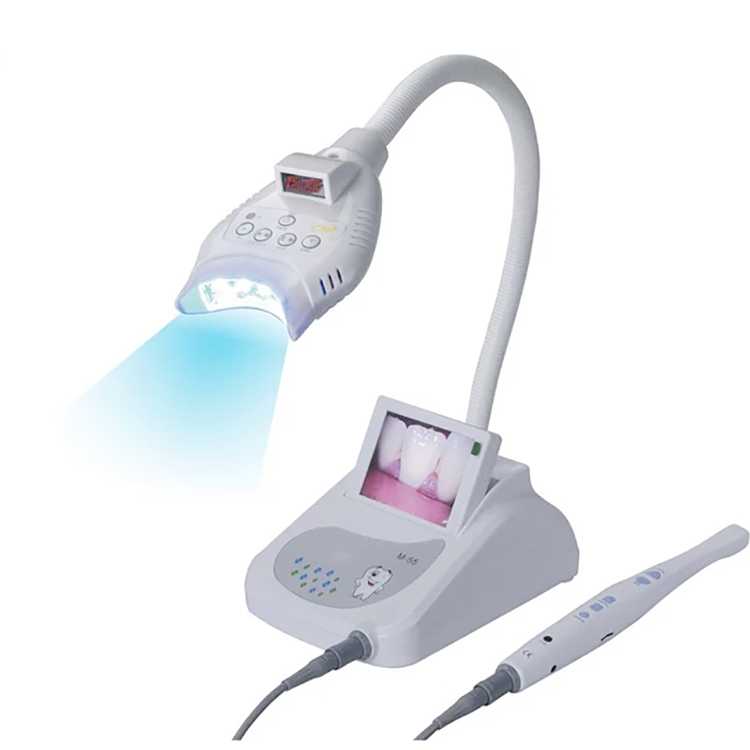
Отбеливание зубов System M-55
M-55 столешница LED зубов Система отбеливания разработан с небольшой настольной базой и оснащен высокой четкости интегрированного дисплея, что позволяет сосредоточиться на отбеливание зубов. M-55 столешница LED зубы Система отбеливания оснащена внутривенная камерой высокой четкости, который может проверить каждый из ваших зубов на 360 градусов без тупиков, и заботой о здоровье ваших зубов во всех направлениях.
Подробнее -
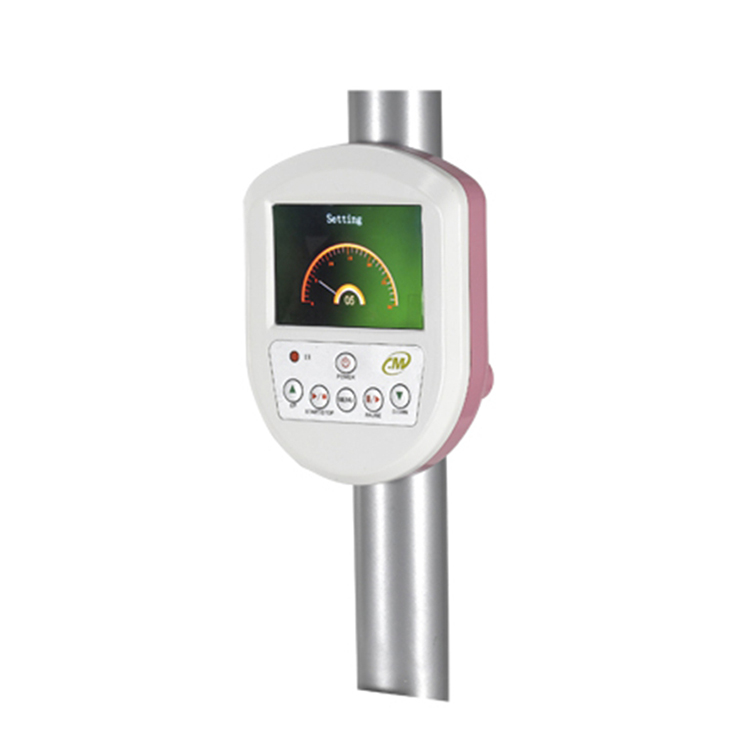
Медицинские Отбеливание зубов устройства M-88
М-88 медицинский прибор для отбеливания зубов принимает подвижную конструкцию, экономя пространство и простой в использовании. Головка светильника может быть повернута на 180 °, диапазон облучения является более широким, а инновационный дизайн добавленного фиолетового света, может стерилизовать полость рта. Автоматически и разумно выбрать источник питания. Есть цифровые и голосовые подсказки, безопаснее и умнее. Закрываемый одноразовые оболочки, предотвращающий кросс-инфекции, чистый и удобный, оставляя пациента чувство облегчения.
Подробнее -

Удаление волос и омоложение кожи устройство M5
М-5 нового поколения IPL точки замерзания инструмент для удаления волос, использует инновационную технологию на основе света под названием Интенсивный импульсный свет (IPL), производный от технологии, используемой в профессиональных салонах красоты. Удаление волос IPL было доказано быть нежным, высокая безопасность, отсутствие побочных эффектов, метод удаления волос безболезненным.
Подробнее
x
 English
English 
